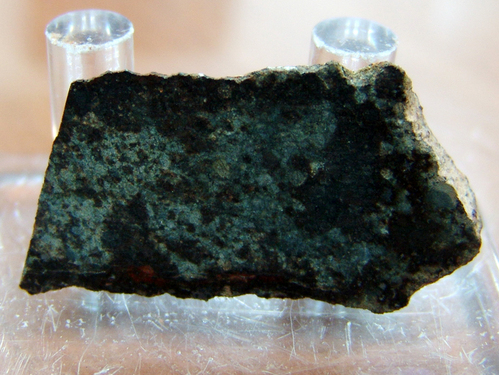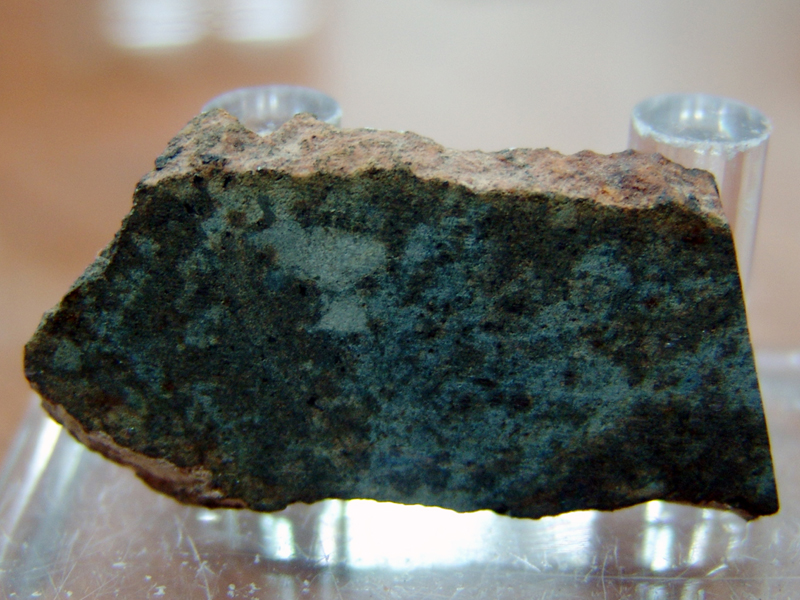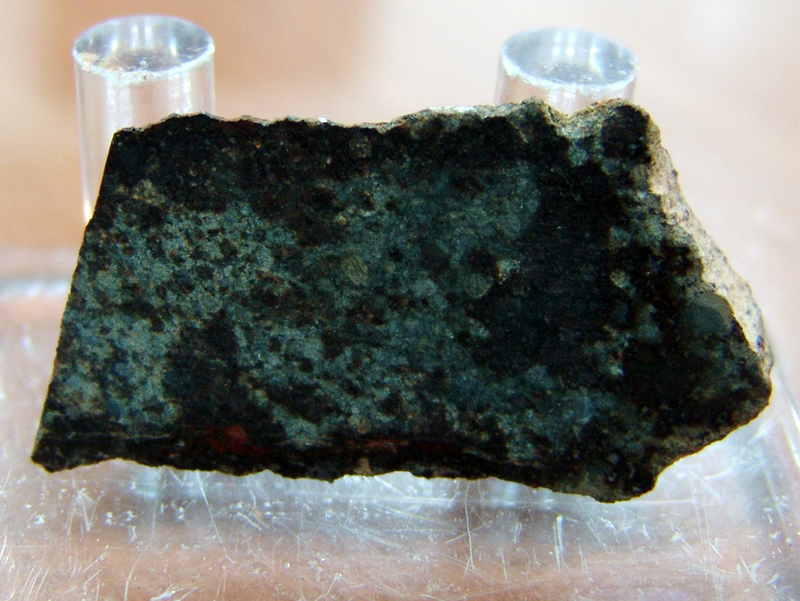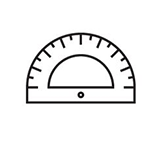석질운석 Dalgety Downs L4 
판매가 상담
할인판매가 총 할인금액 원 (모바일할인금액 원)
적립금
- 0원(0%)
-
원 %
-
원 %
-
원 %
-
 원 %
원 %
-
원 %
-
원 %
-
원 %
-
원 %
| 국내/해외배송 | |
|---|---|
| 배송비 방법 | 택배 |
| 배송비 | 4,000원 (50,000원 이상 구매 시 무료) |
| 수량 |
|
| 상품 정보 | 가격 | 삭제 |
|---|---|---|
| [총 상품금액(수량)] 0 (0개) | ||
DALGETY DOWNS L4 METEORITE
The Dalgety Downs Meteorite was discovered during 1941 in the Gascoyne District, Western Australia. The main mass broken in fragments, was found 6 miles south of Dalgety Downs. This meteorite has a light to dark gray like matrix with many nice chondrules. Classified as an Olivine-Hypersthene L4 Stone Chondrite. Meteorite is 22.61% iron.
Rutgers University studied the Dagety Downs meteorite for its cosmogenic nuclides and found some unusual results, "Dalgety Downs (Western Australia) is a large (>200 kg), find that was recovered in many pieces. Herzog and Cressy reported the 26Al activities and noble gas contents in a set of eight samples. The average 22Ne/21Ne ratios are all less than 1.08 and the 21Ne contents correlate weakly but positively with 22Ne/21Ne ratios.
Both of these observations indicate heavy shielding. Strangely, while the 21Ne concentrations vary more than 50%, presumably in response to intersample shielding variations, the 26Al activities in a subset of those samples increase by only 25%. The difference is noteworthy because 26Al and 21Ne production rates normally depend on shielding in a similar way.", "Two observations point to a complex exposure for Dalgety Downs. First, as noted above, the 26Al/21Ne ratio varies more than expected.
Also, the measured 26Al/10Be ratios of 4.0 and 3.5 exceed the value of 3.0 characteristic of silicate-rich material at saturation [2] even though the average 21Ne content of 6.610^-8 cm3 STP/g and 22Ne/21Ne ratio of 1.06 correspond to a nominal single-stage exposure age (15 My [7]) that is more than long enough to insure that 26Al and 10Be activities did reach saturation. 26Al/10Be ratios greater than 3.0 imply that the most recent stage of irradiation lasted only a few million years. If 26Al reached saturation during the second stage, then model calculations [6] indicate a preatmospheric radius of 100 cm or so for Dalgety Downs in the recent past."
L. Moore, G. Flynn and W. Klock (1999) determined the volume of Dalgety Downs to be 14.46 cc +/- 0.02 and a grain density of 3.53/- 0.005 gm/cc.. I have seen some people say this meteorite is an L3.9, but haven't read any reference to that.
Dalgety Downs
Information about the name
Name: Dalgety Downs
This is an OFFICIAL meteorite name.
There is no official abbreviation for this meteorite.
Year found: 1941
Class: L4
Country: Australia
Coordinates: 25° 20'S, 116° 11'E
This is 1 of 293 approved meteorites from Western Australia, Australia (plus 1 unapproved name) (plus 11 impact craters)
This is 1 of 575 approved meteorites from Australia (plus 47 unapproved names) (plus 26 impact craters)
This is 1 of 27515 approved Ordinary chondrites (plus 33 unapproved names)
This is 1 of 867 approved meteorites classified as L4 (plus 4 unapproved names)
References: Never published in the Meteoritical Bulletin Find references in NASA ADS
Mass: 257 kg
Dalgety Downs
The Dalgety Downs was found in 1941. A mass, broken into fragments totaling 217.7 kg, was found 6 miles south of Dalgety Downs, Gascoyne District, Western Australia. In 1963 further masses to a total of 214kg were found and another recovery of numerous fragments of about 40.9kg was made in 1964. Dalgety is classified as a stone chondrite L4. Despite its weathered appearance on the exterior it is a nice light gray with lots of metal flake inside.















 확대보기 및 상세정보
확대보기 및 상세정보